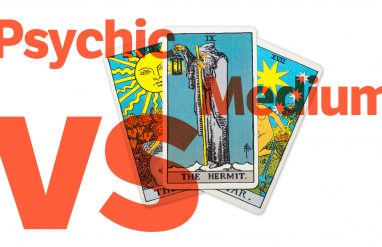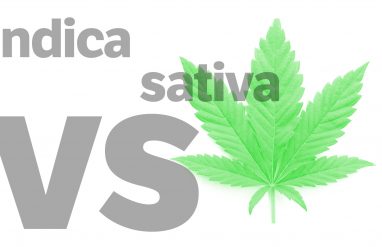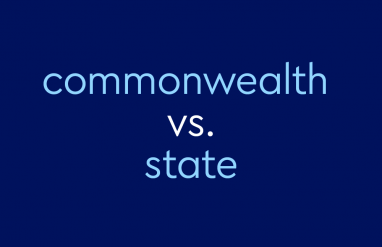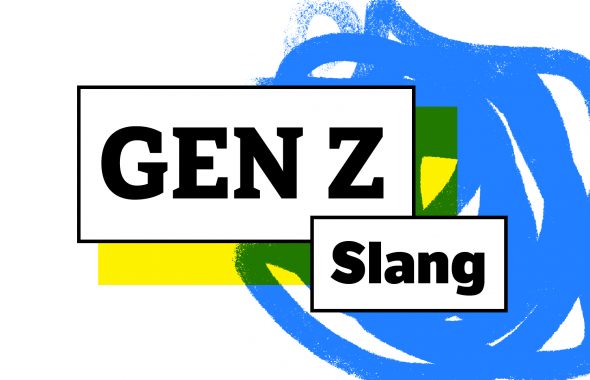📝 Summary
In the context of LGBTQ+ identity, the word gay is typically used in reference to a person who is sexually and/or romantically attracted to people of their own sex or gender. The word queer is often used more generally to refer to a person who has a sexual identity that isn’t heterosexual or a gender identity that isn’t cisgender. Queer is used as a reclaimed term of pride by some, but not all, members of the LGBTQ+ community. Some people may identify as both gay and queer, though others may use only one of these terms or a different term altogether.
You may have questions about why some people identify as gay, queer, both, or another specific way. For respectfulness and inclusivity, it’s important to understand the difference—and to remember that people’s use and feelings about the words vary widely.
In this article, we will explain how the terms gay and queer are used differently in the context of sexuality and gender identity.
What is the difference between the words gay and queer?
Both gay and queer are often used as self-identifying terms. As always, when referring to another person—and when sexuality or gender identity is relevant—it is best to use whatever term a person uses for themself.
In the context of sexual identity, the word gay is generally used to mean “of, relating to, or being a person who is sexually or romantically attracted to people of their own sex or gender.” Often, the word gay is used specifically in reference to men who are attracted to other men. Women who are attracted to other women often use the word lesbian, though some women also use the term gay as well.
On the other hand, people who apply the word queer to themselves use it to indicate a sexual orientation that is not heterosexual and/or a gender identity that is not cisgender. Some people may identify as both gay and queer, with some using the terms to indicate different things in different contexts.
It is very important to note that while the word queer has been widely reclaimed as a term of pride by many within the LGBTQ+ community, including sometimes as another way of discussing the community as a whole, this is not universally true. Some people avoid it due to the term’s origin and its legacy as a slur, or for other reasons.
Here are a few specific examples of how the terms may be used. A man who is attracted to other men may identify as gay while also identifying as part of the queer community. A nonbinary person who is attracted to women may identify only as queer, while another nonbinary person who is also attracted to women may use a different identifying term altogether. These are just a few examples that illustrate some of the many different ways people may identify with these terms or others.
Remember, it is always best to use whatever term a person themself uses—if it is relevant to mention at all.














